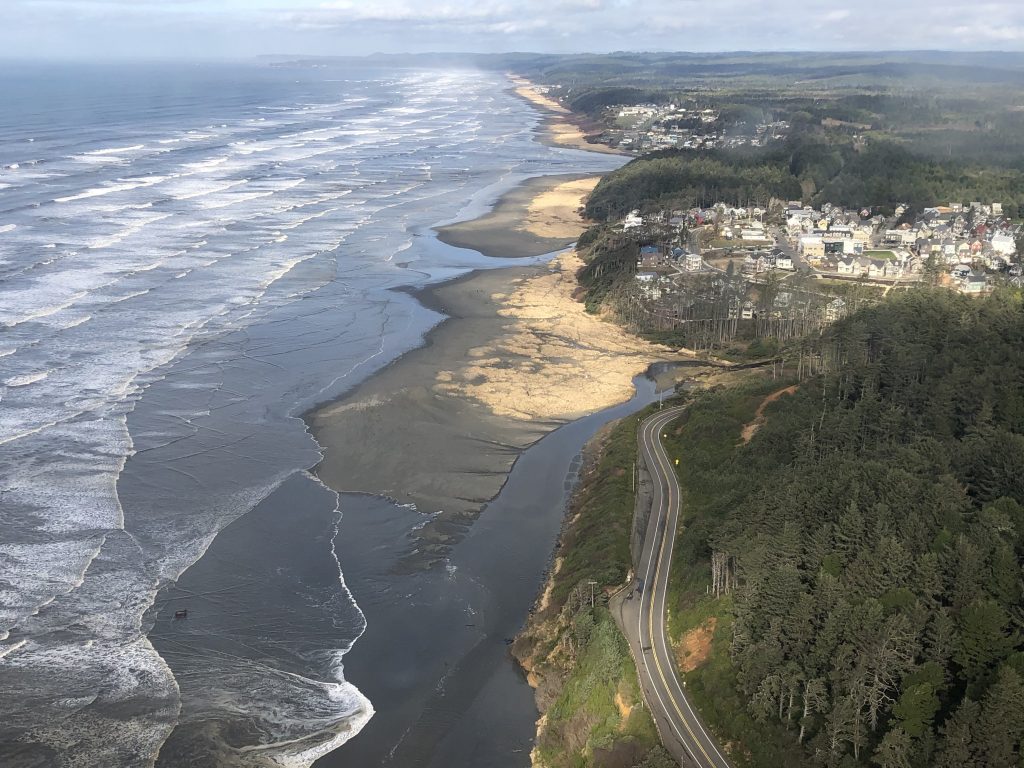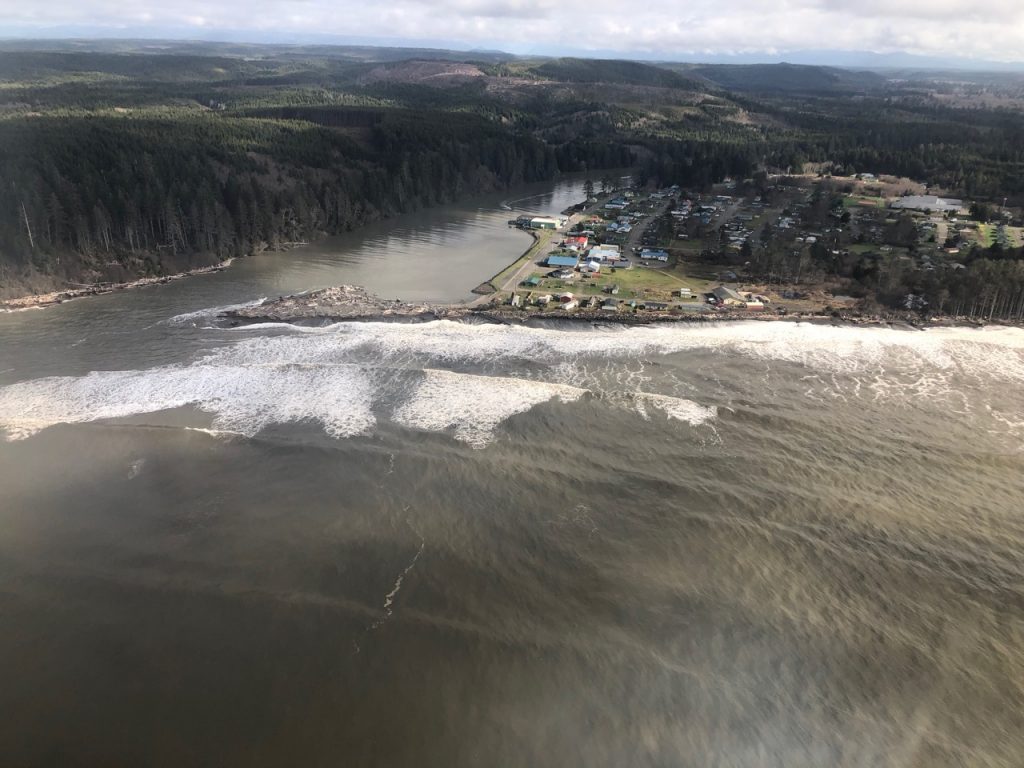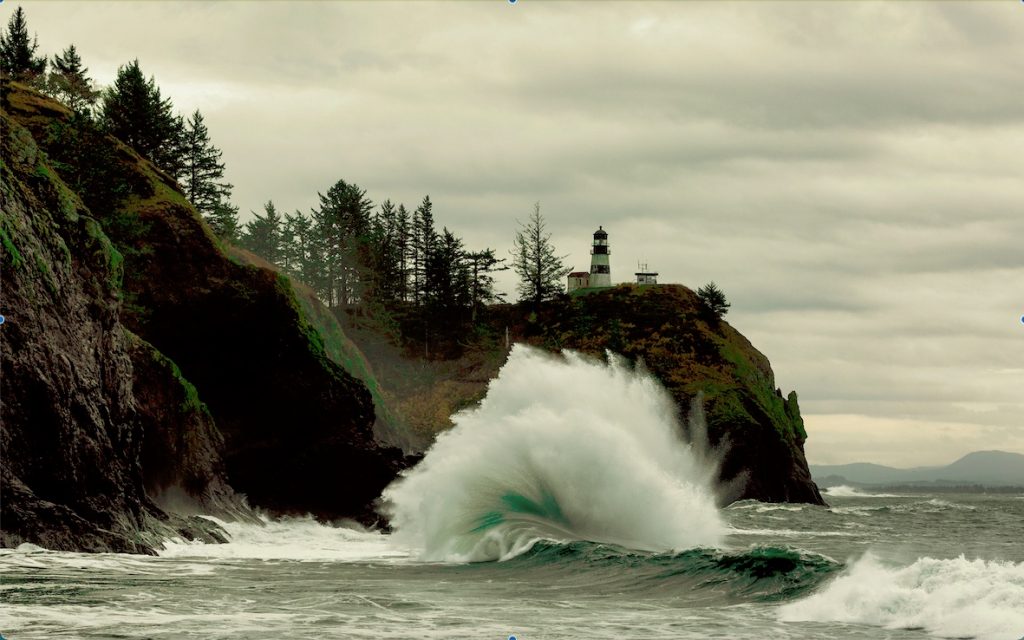
02.18.22
Building Coastal Resiliency: Why Updating Washington's Growth Management Act is Crucial for our Coastal Communities
By Gus Gates
Washington’s shorelines are rich in geological features and vast bodies of water, from the outer coast to the Salish Sea and the San Juan Islands. With 3,026 miles of tidally influenced marine shoreline, there is an abundance of places to engage in ocean and coastal recreation in Washington state, which is a significant contributor to our coastal economy. These shorelines are also a desirable place to live and work, as an estimated 68% of Washington's population lives within the coastal zone. Thirty years ago, Washington State passed the Growth Management Act to help our cities and counties accommodate rapid growth while still protecting what makes the Evergreen state a great place to live: vibrant cities, working farms and forests, healthy rivers and coastlines, and a beautiful rural landscape.

Today, Washington residents are calling for updates in our approach to development. One of our key legislative priorities this year is HB 1099, which fulfills our need for a new, comprehensive climate solution that will build more resilient communities, from flood protection and transit to clean water and planning for future sea level rise. This update to the Growth Management Act will protect our communities and natural resources as the climate changes.
Climate change will bring more frequent and intense storms as well as devastating flooding, marine heatwaves, ocean acidification, and increasing sea levels that will have significant adverse impacts on Washington’s coastal communities. Rising seas will cost our economies billions in damages to coastal structures, lost revenues from coastal businesses, and the costs of relocations. With more frequent and more powerful extreme weather events forecast in coming decades, storm surges will combine with sea level rise to inundate more and more of our vulnerable coastlines and communities.

Our Environmental Priorities Coalition partner Futurewise has been leading the charge on passing this bill and we have been active supporters in this effort by helping to build consensus via the Washington Coastal Marine Advisory Council this past summer. This bill promises to provide strong protections for vulnerable communities in the face of climate change, while ensuring we have sustainable solutions in place to reduce our greenhouse gas emissions. It does this through a comprehensive approach towards building resilient communities—from flood protection to transit, and clean water to planning for sea level rise.
By passing HB 1099, state legislators can ensure that our cities reduce greenhouse gas emissions from transportation and protect communities and natural resources from the accelerating impacts of a changing climate. This update will also embed a definition for environmental justice into the GMA.

HB 1099 will incorporate more robust climate change elements and goals into our state’s Growth Management Act:
- Requires the largest and fastest growing counties and cities to choose from a list of actions developed by the Department of Commerce to reduce their vehicle miles traveled and greenhouse gas emissions to meet state goals for reduction
- Requires all counties and cities planning under the Growth Management Act to address the impact of climate hazards on people, property, and ecological systems, including planning for future sea level rise and increasing storm severity
- Includes a definition of environmental justice in the GMA and stipulates that our land use planning should work to achieve environmental justice and not worsen existing environmental health disparities.
HB 1099 will allow us to plan for our future by helping local communities make strong hazard resilience plans, including enabling them to apply for federal dollars from the newly passed Infrastructure Investment and Jobs Act to address implementation costs.
The groundwork to implement this bill is already being laid by the Department of Commerce through a budget proviso, but we must pass HB 1099 to ensure that coastal communities are planning for sea level rise and increasing storm severity in the years ahead. If passed, HB1099 would ensure that we are reducing our greenhouse gas emissions and planning for climate resiliency and mitigation.

